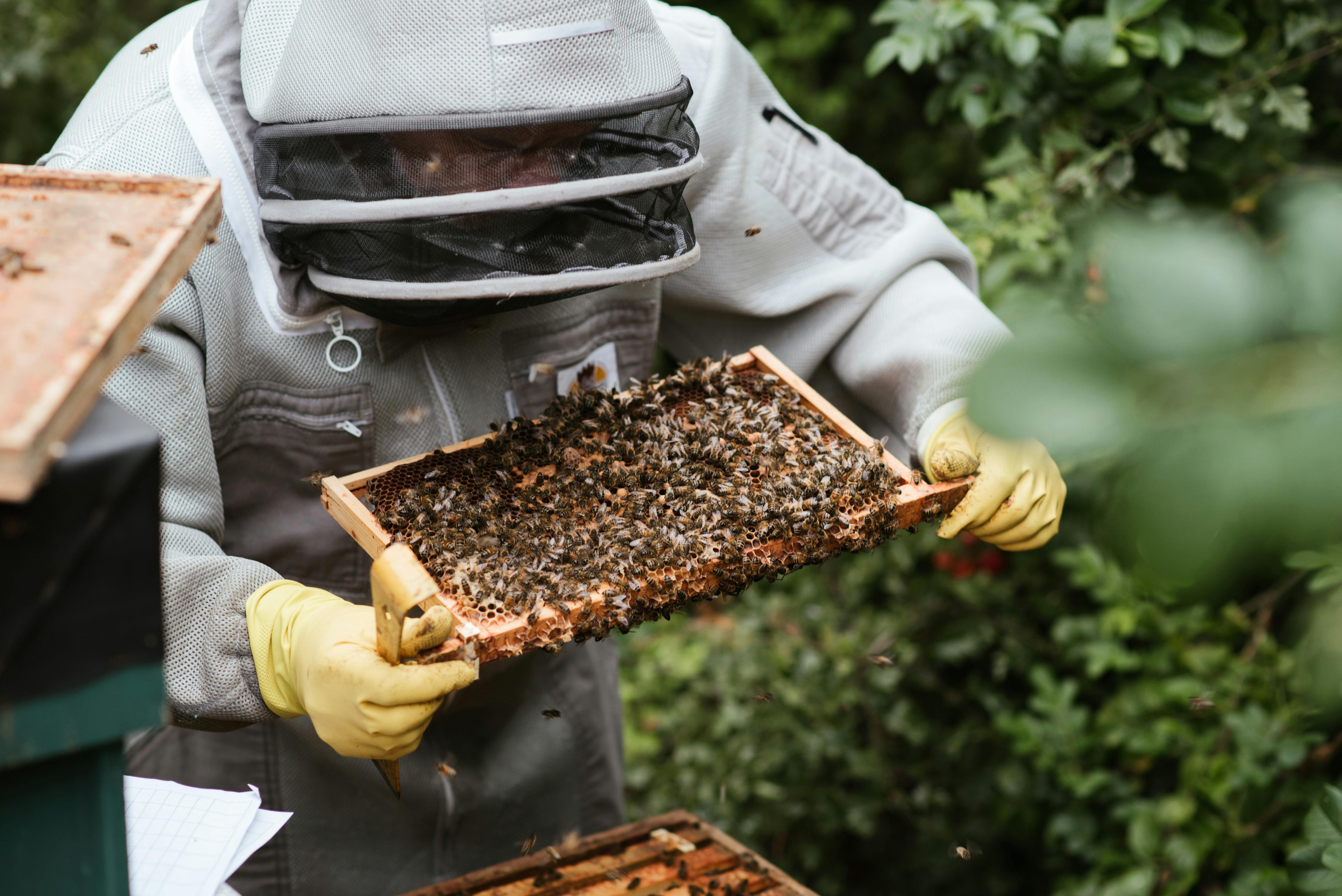
Leaders teach employees how to perform their assignments and delegated tasks to ensure they are completed in a timely and accurate manner. An effective method of educating employees ensures a complete understanding of assignments and addresses productive ways to complete them successfully.
When tasks are delegated, many leaders are frustrated by the inability of employees to complete assignments in a timely and competent manner. Leaders often feel that completing tasks on their own is easier and faster. This becomes an excuse and a barrier to fully delegate. It also hampers the leader’s ability to grow and increase productivity.
Leaders understand that when they begin to delegate tasks and assignments, it takes time and patience to educate their employees to perform competently.
Leaders delegate assignments regularly, but continue to see employees fail to complete assignments and the expectations set for them. This is often the result of assignments or tasks that are misinterpreted, ignored, forgotten, or considered overwhelming. These negative results are generally attributed to inadequate or ineffective employee education.
Leaders know that to increase productivity and results, the first step is to properly educate their employees on how they want the task and assignment done and how to do it specifically. Employees must also know the deadlines set for getting the job done and the desired results the leader expects.
While employees may stumble initially, leaders understand that their competence will increase tremendously with time and experience.
Using the following six-step instructional method is a top priority for leaders because it eliminates the implementation and completion of failed assignments.
Review the assignment
To effectively educate employees, leaders start with a preview of the overall assignment, task, or responsibility. They look at all the necessary components to complete it effectively in a timely manner and review your personal expectations in this regard.
It is essential to develop notes and benchmarks to use when meeting with the people to whom you will be assigned.
Explain clearly and carefully
A primary responsibility in employee education is to make instructions as clear and precise as possible. Leaders know that explaining clearly is a two-fold process. They need to present their information in a logical way and free from confusion or ambiguity. The other side of clarity is how an employee perceives, interprets, and responds to instructions.
Leaders strive to use vocabulary that is at the employee’s level of understanding. Specific examples are used that relate directly to the tasks and expectations within the given task. Leaders carefully organize and sequence the components of each task that will be assigned to them. They remove irrelevant or unrelated information and are logical and realistic in their expectations and requirements.
Apply ‘Think Time’
It is vital to explain in detail the work to be done. Leaders should offer ideas or suggestions on how best to achieve this and create “think time” for employees to reflect and absorb what is being said. These are pauses inserted between the main discussion points and include several essential components related to the task or the employee’s questions regarding the task.
There is a time difference between listening and understanding. People speak much faster than you can actually hear. That’s why leaders strive to explain small portions of a general assignment within a given time frame, providing the necessary space for employees to think through the directions and various responsibilities that apply to all aspects of their assignment. . Additional time is allowed to ask questions and concerns so that employees feel fully prepared.
Assign reference materials and individual human resources
There may be times during the course of an assignment when an employee needs to use external resources. Leaders cover these contingencies in their instructions.
Employees should be given the names of two or more people who can help them in problem situations. Reference materials should also be provided with detailed explanations of how they can be used and for what kinds of situations. Discussions and illustrations on how and where to find solutions to problems related to their assignments should be included in the instructional process.
Repeat and redirect specific directions and points
Since full understanding is key to accomplishing tasks, leaders repeat and re-address detailed points, problems, and components of assignments on a consistent basis. This repetition focuses the employee’s attention on what is being said. Repeating and re-addressing issues also helps leaders avoid making last-minute changes to their assignments and / or instructions. It is also a good way to assess an employee’s levels of understanding. Leaders find that many employees are ready to begin their assignments immediately after a good period of instruction. Many will need little or no intervention and shoving afterward.
Self-assessment for understanding of the task
Leaders encourage employees to test themselves in areas of instruction that are not clear to them. The process includes being able to openly identify and express the main idea of the various components, steps, actions, and responsibilities in your assignments. They should be able to remember the exact directives for each separate phase of their assignment. Employees must be able to verbally detail what to do, when it should be done, and how best to accomplish it.
Ideas, concepts, methods, or areas that remain unclear should be reviewed. Instructions should be re-given in the most appropriate learning style for full understanding. Leaders find that self-assessment works effectively at the end of an instructional period to review and solidify the various details and processes within given assignments.
Excerpt: Delegation: Precise Management Skills Development Training Series by Timothy Bednarz (Majorium Business Press, Stevens Point, WI 2011).
